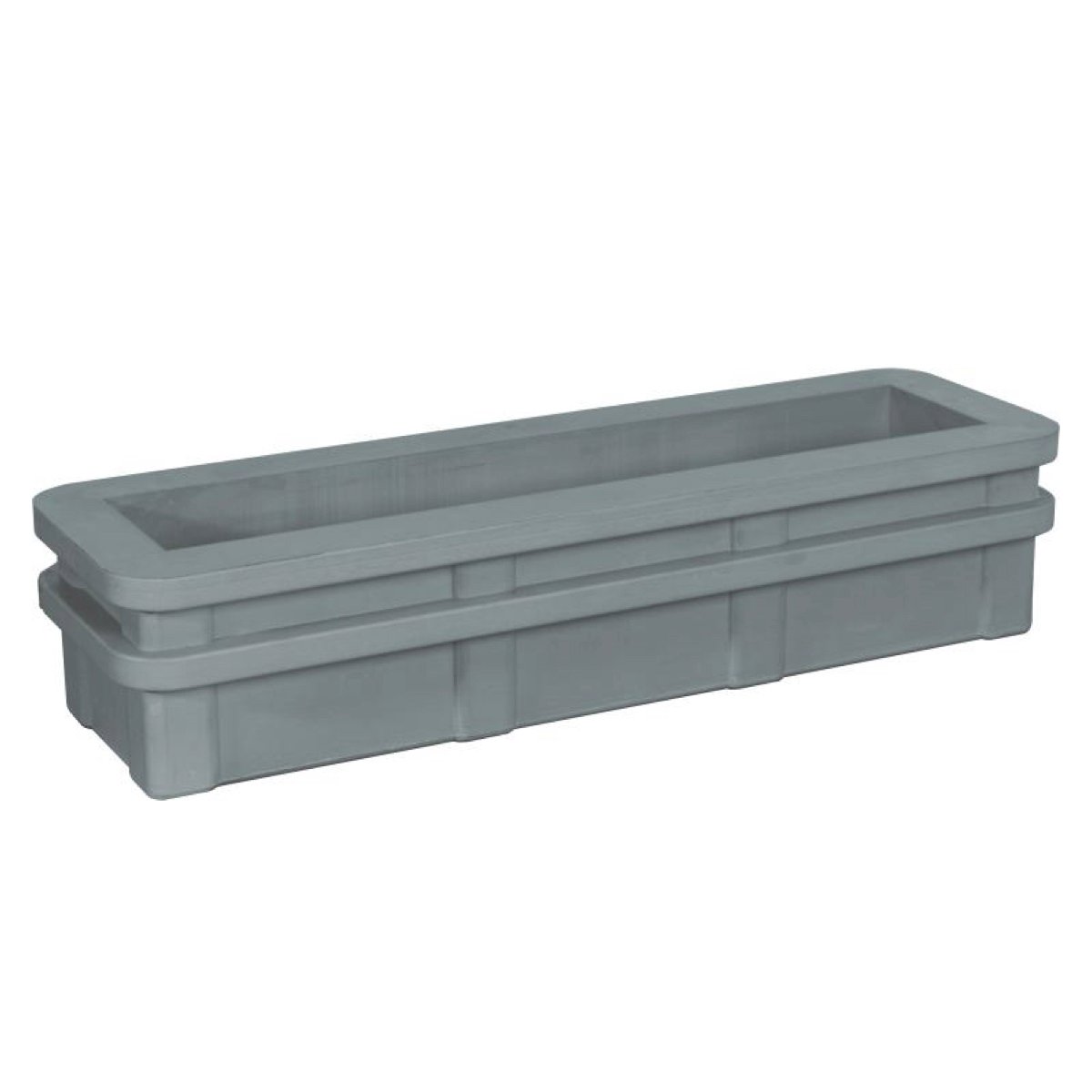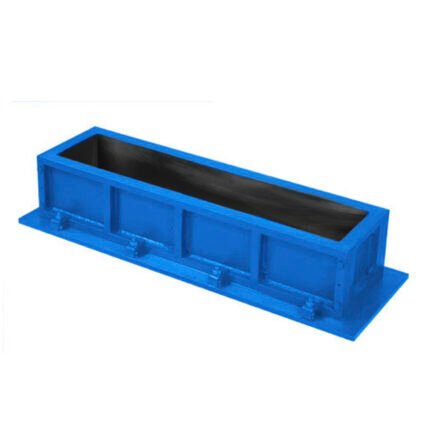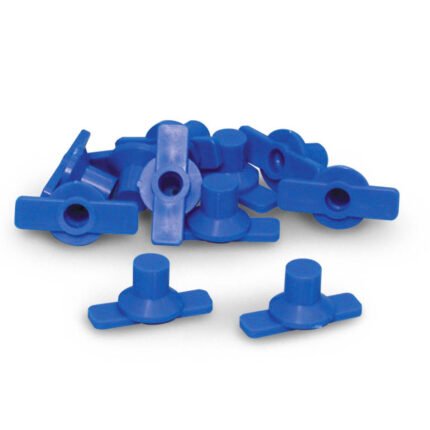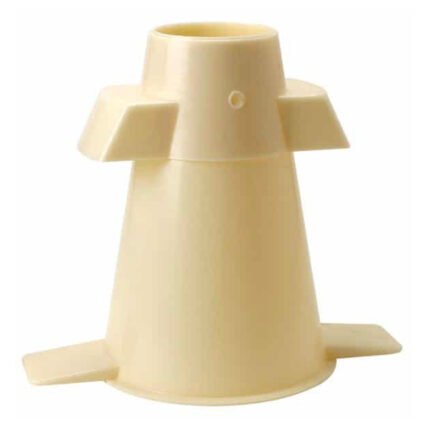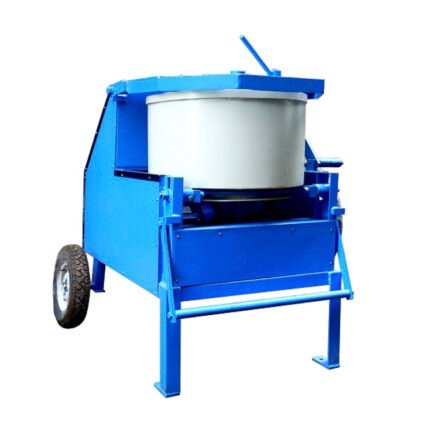AZA 1128 PLASTIC BEAM MOULD
- Made from durable polyurethane – shock and wear-resistant
- Reusable for 30+ testing cycles
- Sizes from 100×100×500 mm to 150×150×750 mm
- Smooth internal finish for clean demoulding
- Conforms to IS 516, ASTM C78, BS 1881
- Designed for flexural strength testing of concrete beams
Description
Ultimate Polyurethane Beam Moulds – Reusable & Precision-Cast | Azalab
The Azalab Polyurethane Beam Moulds are crafted for casting concrete beam specimens used in flexural strength testing. Manufactured using premium-grade polyurethane, these moulds offer high durability, lightweight handling, and dimensional accuracy over repeated use.
Each mould is precision-engineered to match international testing standards such as IS 516, ASTM C78, and BS 1881. The polyurethane structure ensures high resistance to impact, vibration, and deformation, making these ideal for field or laboratory use.
The moulds require minimal maintenance—just apply a demoulding agent before casting. Once the beam is cured, it can be easily removed without damaging the mould or the specimen.aza
Specifications
| Model No. | Size (L × W × H) | Material | Weight |
|---|---|---|---|
| AZA 1128 A | 100 × 100 × 500 mm | Polyurethane | 2.5 kg |
| AZA 1128 B | 150 × 150 × 700 mm | Polyurethane | 4.8 kg |
| AZA 1128 C | 150 × 150 × 750 mm | Polyurethane | 5.0 kg |
| AZA 1128 D | 150 × 150 × 600 mm | Polyurethane | 4.4 kg |
Technical Details
| Parameter | Description |
|---|---|
| Material | Impact-resistant polyurethane |
| Type | One-piece or split-mould, depending on model |
| Finish | Smooth interior surface |
| Standard Compliance | IS 516, ASTM C78, BS 1881 |
| Demoulding Method | Manual or via compressed air |
| Reusability | Yes – 30+ uses with proper care |
Applications
-
Flexural strength testing of concrete beams
-
On-site or lab-based quality control of concrete
-
Research in civil engineering materials
-
Construction and infrastructure development labs
-
Cement, RMC, and precast unit testing
Frequently Asked Questions (FAQ)
Q1: Are these polyurethane beam moulds reusable?
Yes, they are designed for multiple uses with proper cleaning and care.
Q2: Which size should I use for standard IS 516 flexural tests?
Both 100×100×500 mm and 150×150×700 mm sizes are commonly used. Check your lab standards.
Q3: Do I need to oil the mould before use?
Yes, always apply a release agent for easy demoulding and mould longevity.
Q4: Can these moulds handle vibration tables?
Yes, polyurethane resists vibration and shock, making them suitable for compacting.
Q5: How are these better than metal moulds?
They are lightweight, rust-free, easier to handle, and require no painting or maintenance.
Related products
AZA 1101 VEE BEE CONSISTOMETER
- Vee Bee Consistometer for stiff concrete workability testing
- Performs slump test + Vee Bee time for dual accuracy
- Ideal for dry, roller-compacted concrete and pavement mixes
- Vibrating table ensures uniformity in testing
- Includes cone, container, graduated rod & vibration unit
- Built as per IS 1199 and ASTM C1170 standards
- Reliable results in construction material testing labs
AZA 1103 SLUMP CONE, PLASTIC
AZA 1109 J-RING, NARROW GAP
- AZA 1109 J-Ring for SCC passing ability test
- Narrow gap design for stringent testing conditions
- Simulates rebar obstruction in congested zones
- Measures flow diameter, T50, and blockage
- Compliant with ASTM C1621, EFNARC guidelines
- Works with standard slump flow cone
- Durable steel construction for repeated lab use
AZA 1112 L SHAPE BOX APPARATUS
- AZA 1112 L Shape Box for SCC passing ability test
- Simulates flow through reinforced concrete zones
- Provides H2/H1 ratio for mix assessment
- Ideal for tunnels, bridges, and dense structures
- Built from durable, corrosion-resistant steel
- Complies with EN 12350-10 and EFNARC guidelines
- Used in lab & field conditions for SCC validation
AZA 1114 POCKET CONCRETE PENETROMETER
AZA 1117 LABORATORY PAN MIXER (CAPACITY 40 LTRS.)
- Designed for preparing concrete cube specimens in labs
- Mixing capacity: 40 litres
- Suitable for aggregate size up to 20 mm
- Fitted with 2 HP motor, 960 RPM, 3-phase operation
- Adjustable mixing blades for dry & wet mix uniformity
- Portable on wheels, easy to clean and operate
- Drum with full-access lid for easy pouring & cleaning
AZA 1122 CUBE MOULD (METAL)
- Cube Mould AZA 1122: Precision-engineered for 150mm concrete sample casting.
- Material: Constructed from durable metal for long-term use.
- Standard Compliance: Meets IS and BS specifications for concrete testing.
- Design: Rigid construction ensures dimensional accuracy and repeatability.
- Application: Ideal for laboratories, construction sites, and educational institutions.

 Rock
Rock Aggregate
Aggregate Cement
Cement Concrete
Concrete Soil
Soil Steel
Steel Bitumen/Asphalt
Bitumen/Asphalt Security Survey Equipment
Security Survey Equipment General Items
General Items